NSRL User Guide: Biology Experiments
III. Technical Data
Time Structure In Beam
Under normal operating conditions, the Booster uses a 3.8 second cycle, with the extracted beam delivered during a 0.3-0.4 second interval. This is called the “Slow Extracted Beam”, or SEB. Schematically, this would look like figure 1.
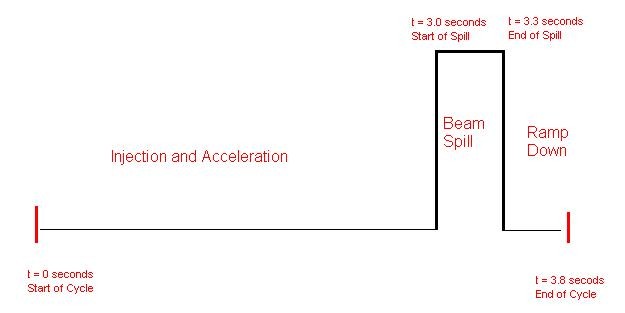
Figure 1: Spill schematic of the beam delivery to NSRL.
In reality, the beam delivered to NSRL is not uniformly distributed in time, but has time structure on many different levels. An ion chamber in the beam shows the slow time structure of extracted beam. Figure 2 shows the beam intensity as a function of time during normal slow extraction.
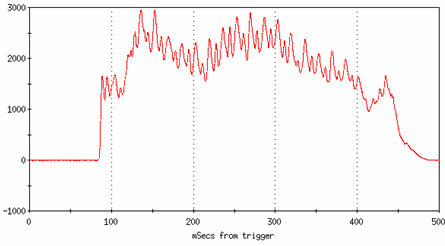
Figure 2: Ion Chamber measurement of the time structure of the NSRL Beam Intensity during standard slow extracted beam. Vertical axis is proportional to beam intensity, horizontal axis is in milliseconds.
Spikes, steps and ripple in the beam intensity are due primarily to 60 Hz noise in the power supplies used to drive the accelerator magnets.
On a shorter time scale, there is microstructure in the beam due to the radio frequency cavities used to accelerate the beam in the Booster. These cavities operate at ~2.2 MHz, causing the beam to be bunched in packets a few nanoseconds long separated from each other by ~400 ns. The response time of the ion chambers is not fast enough to allow it to observe this microstructure.
Under some conditions users might need to make use of beams with other time structures. We have experience modulating the 0.3 second spill with either a 20 Hz or 60 Hz pulse structure, as illustrated in Figures 3 and 4. Other time structures can be developed as needed. Users interested in using time structured beam should contact the NSRL Liaison Physicist.
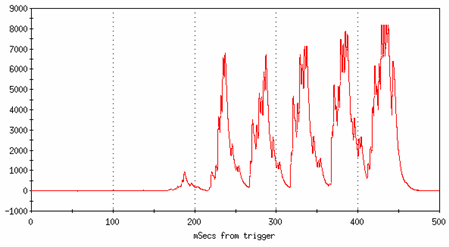
Figure 3: 20 Hz spiky beam as measured with the Ion Chambers.
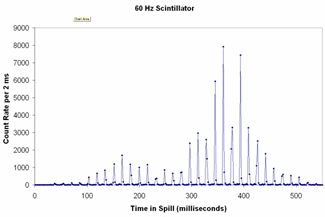
Figure 4: 60 Hz spiky beam as measured with a fast plastic Scintillator in the beam.
NSRL also has the capability to extract the entire beam during a single turn of the Booster, also known as "Fast Extracted Beam (FEB)". This results in a burst of beam delivered over about 800 nanoseconds. A fast scintillator in the beam captured the image of a single pulse, shown in figure 5.
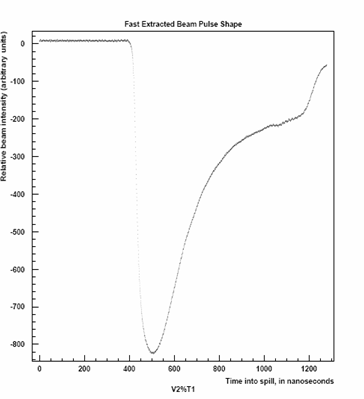
Figure 5: Photomultiplier response viewing a fast plastic scintillator in the NSRL beam during a fast extraction cycle. Vertical scale is in millivolts, horizontal scale is in nanoseconds.


